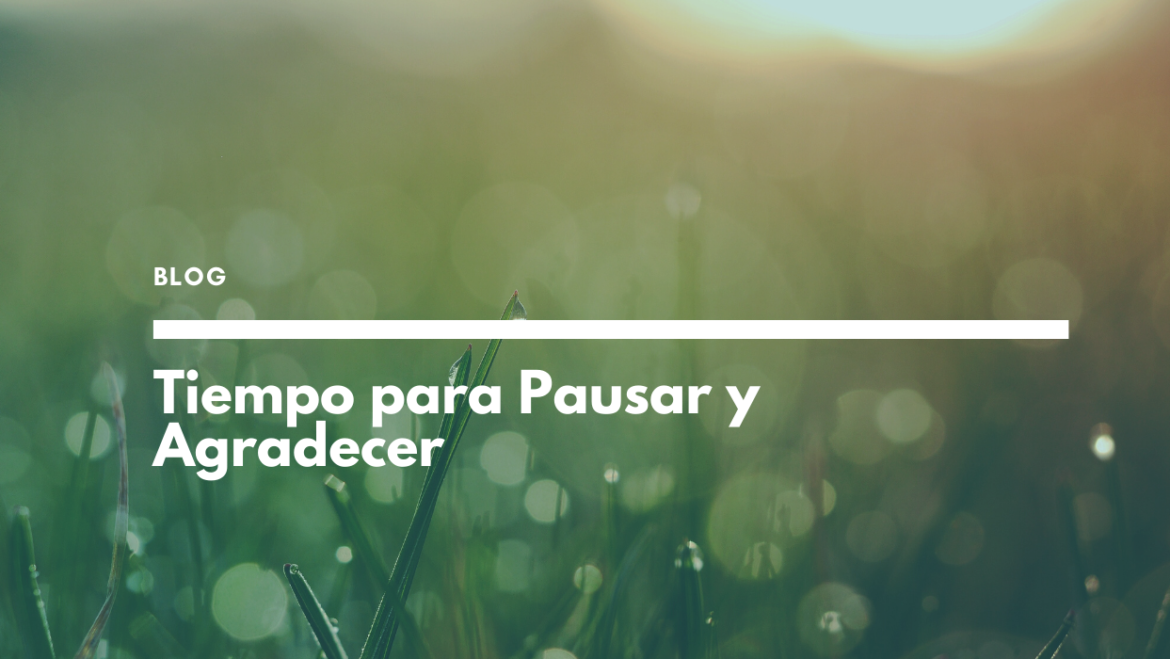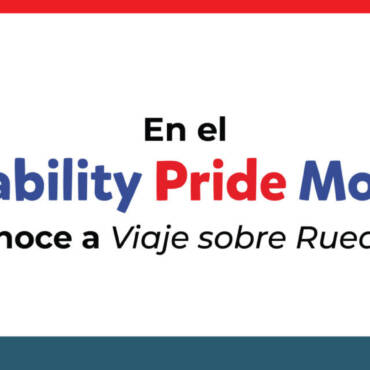By: Yolanda Rodríguez León, Ph. D., MTS
In these days of forced isolation, in which feelings of sadness, loneliness, fear can be triggered... a lot of fear and felt sensations in the body such as muscle pain, stomach discomfort, back pain, let's remember that we can take advantage of it to do everything that which we usually leave for later because we don't have the time and that today become healing tasks for the body and soul. Some suggestions:
- PA-- USE: for those of us who are health professionals, behavioral professionals... those of us who live caring for others, making a PA-- USE is necessary. That PA-- USE allows us to pay attention, slow down, get out of the automatic in which we live. When we stop the activity we can pay attention to the internal dialogues, to the thought patterns that direct our lives, even if we don't realize it. If we incorporate the PA-- USE into our daily lives, not just in quarantine... although this is a good time to start, we will be becoming aware of everything around us. Prayer, meditation, Mindfulness, among others, are powerful tools every day. None of it goes against religions or churches; none of them seek to alienate us from reality... on the contrary, they all seek to strengthen the mind and spirit. They all teach us to recognize what we have…what happens to us, as life experiences through which we can grow, nor do we resist them. Like any exercise it requires knowledge and practice. There are many good books and internet links that can help us identify which of these tools we resonate with best.
- THANK YOU: all times are good to thank. Even in complex and painful circumstances, there are people who have the ability to see the good where everyone else sees the bad. Let's think… why do we know someone who in the midst of earthquakes gave thanks for being alive, for having a healthy family, because they never lacked food? Our EQ R group, visiting communities in the South, heard that more than once. Let's think again... why do we know someone who, in the midst of illness, thanks those who visit him, those who take him for a walk, God for every day that allows him to breathe, even though he is aware that he is not going to heal? I do. Gratitude is a way of life. It is to PA-- USE to, from the conscience, accept all of our experiences... what we like and what we don't like. I know that some of us will remember that religious service following the death of our colleague and friend José López de Victoria. At that time Psalm 23 was read... The Lord is my Shepherd, I will lack nothing… The person who directed it (mother of a participant from José), explained that we cannot expect only the good things in life, that difficult moments are part of what we have to live… that we will have everything and that we learn from everything if we have the right attitude. Conflicting and difficult experiences, with perspective and time, can be seen with gratitude since they were opportunities to learn and grow. Now let's reflect: what does gratitude mean to you? How can it help you? How can you put it into practice? Go ahead and answer these questions in writing. Pause and meditate on your answers, without forcing yourself… just listening to yourself. The attitude of living in gratitude also has to be practiced so that it becomes part of our daily lives and makes sense to us. It is not magical, it requires perseverance to see the results of healing, peace, better sleep, better relationships, more optimism, among other benefits that scientific studies already report. Here are some recommendations to get you started:
- Gratitude Journal: At the end of each day or at the end of each week, write down at least 3 things you feel grateful for. It is a way of training the mind to focus on the positive.
- My gratitude corner – identify a fixed space to put notes, photos or images that deserve to be recognized and appreciated. Example: the area of study or work with memories of important things in educational-professional life.
- Visual reminders – list of good things in the fridge, car, etc.
- Watch what you say – language determines the nature and content of thoughts. Being grateful requires being attentive to what we talk about.
- Have a group of grateful people – find a support group committed to practicing gratitude. Let's be aware of the conversations and meetings aimed, mainly, at criticizing and complaining... let's start minimizing it until we eliminate it.
- Breathe gratitude – slow down for a few minutes; breathe and repeat the word “thank you”. Breathing itself is something to be thankful for.
To conclude: let's not wait to have the feeling of gratitude to practice gratitude. Our mind is trained to focus on the negative, doing the opposite will take time. So... even if it doesn't come out of you: try it!, try it!, try it!
- Let's keep in touch: not being able to see or touch each other doesn't mean we have to distance ourselves. Do we remember how much we suffered after the hurricanes due to not being able to communicate with family, friends, co-workers? Now we have electricity, cell phones, internet... have we communicated with family members who are less close... have we sent them a little note? have we established virtual contact with neighbors, especially those we know are alone, are old...? Between us, co-workers with whom we share daily, do we know how they are doing, whether they live with relatives or alone? In moments like these it is very easy to shut ourselves down emotionally, to focus on ourselves and our little world, forgetting others who, in better circumstances, are also part of that world. Let's make a list of those people we say we appreciate and, if you haven't contacted them already... do it in these days. So the physical reunion, the one we wait to give each other hugs. it will be more real.
If we pause and if we are grateful, we will be able to rediscover ourselves, recognize what we really want and give direction to our daily behaviors and relationships.
See you soon.
Photo by: Aaron Burden in unsplash



